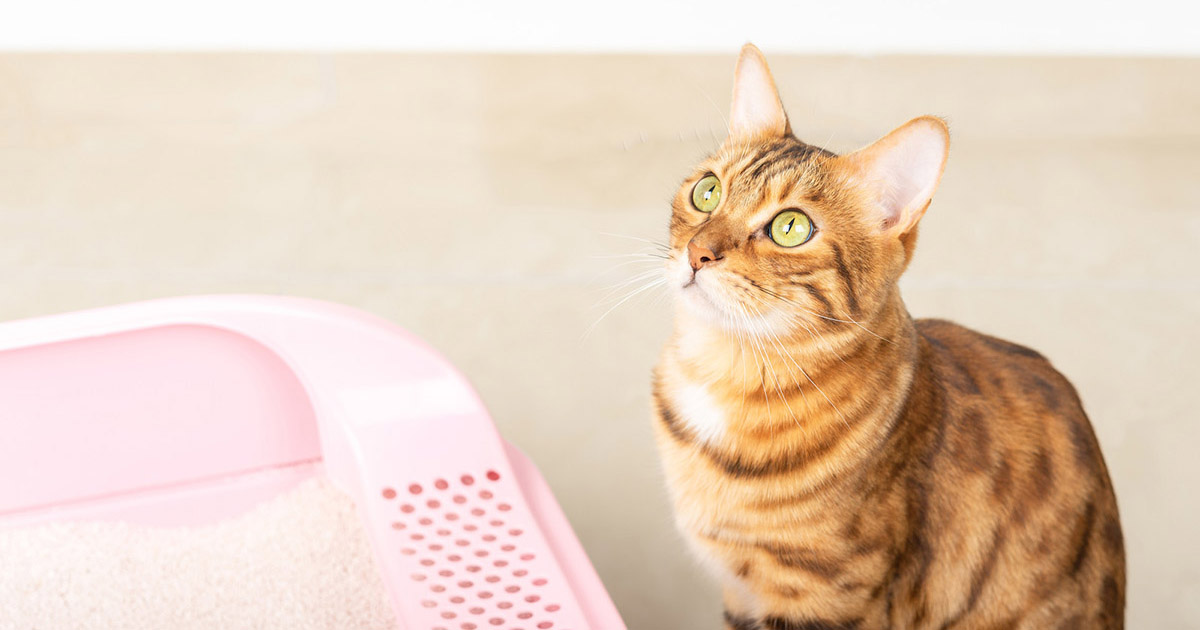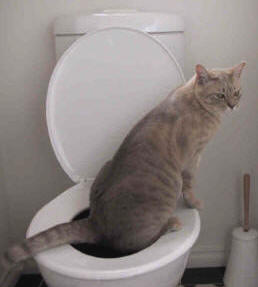Reasons You Should Never Flush Cat Poop Down Your Toilet - Critical Information
Reasons You Should Never Flush Cat Poop Down Your Toilet - Critical Information
Blog Article
Were you on the lookout for tips concerning Can You Flush Cat Poo or Litter Down the Toilet??

Intro
As pet cat proprietors, it's necessary to be mindful of how we get rid of our feline buddies' waste. While it may appear convenient to flush pet cat poop down the toilet, this technique can have destructive repercussions for both the setting and human health and wellness.
Alternatives to Flushing
Fortunately, there are much safer and a lot more liable means to get rid of cat poop. Take into consideration the adhering to options:
1. Scoop and Dispose in Trash
One of the most usual approach of getting rid of cat poop is to scoop it right into an eco-friendly bag and throw it in the garbage. Make certain to use a specialized litter scoop and get rid of the waste promptly.
2. Use Biodegradable Litter
Go with naturally degradable feline litter made from products such as corn or wheat. These litters are environmentally friendly and can be securely dealt with in the trash.
3. Bury in the Yard
If you have a yard, take into consideration hiding cat waste in a designated location far from vegetable yards and water sources. Be sure to dig deep enough to prevent contamination of groundwater.
4. Install a Pet Waste Disposal System
Buy an animal garbage disposal system specifically created for cat waste. These systems utilize enzymes to break down the waste, reducing smell and ecological effect.
Health and wellness Risks
Along with ecological worries, flushing cat waste can additionally posture wellness threats to human beings. Cat feces may consist of Toxoplasma gondii, a bloodsucker that can cause toxoplasmosis-- a potentially severe disease, particularly for expectant females and individuals with damaged immune systems.
Ecological Impact
Purging cat poop introduces hazardous microorganisms and bloodsuckers into the water supply, positioning a considerable risk to water ecological communities. These impurities can negatively influence marine life and compromise water high quality.
Conclusion
Responsible pet ownership expands beyond providing food and sanctuary-- it also includes appropriate waste administration. By avoiding purging feline poop down the toilet and going with alternative disposal approaches, we can decrease our environmental footprint and secure human health and wellness.
Why Can’t I Flush Cat Poop?
It Spreads a Parasite
Cats are frequently infected with a parasite called toxoplasma gondii. The parasite causes an infection called toxoplasmosis. It is usually harmless to cats. The parasite only uses cat poop as a host for its eggs. Otherwise, the cat’s immune system usually keeps the infection at low enough levels to maintain its own health. But it does not stop the develop of eggs. These eggs are tiny and surprisingly tough. They may survive for a year before they begin to grow. But that’s the problem.
Our wastewater system is not designed to deal with toxoplasmosis eggs. Instead, most eggs will flush from your toilet into sewers and wastewater management plants. After the sewage is treated for many other harmful things in it, it is typically released into local rivers, lakes, or oceans. Here, the toxoplasmosis eggs can find new hosts, including starfish, crabs, otters, and many other wildlife. For many, this is a significant risk to their health. Toxoplasmosis can also end up infecting water sources that are important for agriculture, which means our deer, pigs, and sheep can get infected too.
Is There Risk to Humans?
There can be a risk to human life from flushing cat poop down the toilet. If you do so, the parasites from your cat’s poop can end up in shellfish, game animals, or livestock. If this meat is then served raw or undercooked, the people who eat it can get sick.
In fact, according to the CDC, 40 million people in the United States are infected with toxoplasma gondii. They get it from exposure to infected seafood, or from some kind of cat poop contamination, like drinking from a stream that is contaminated or touching anything that has come into contact with cat poop. That includes just cleaning a cat litter box.
Most people who get infected with these parasites will not develop any symptoms. However, for pregnant women or for those with compromised immune systems, the parasite can cause severe health problems.
How to Handle Cat Poop
The best way to handle cat poop is actually to clean the box more often. The eggs that the parasite sheds will not become active until one to five days after the cat poops. That means that if you clean daily, you’re much less likely to come into direct contact with infectious eggs.
That said, always dispose of cat poop in the garbage and not down the toilet. Wash your hands before and after you clean the litter box, and bring the bag of poop right outside to your garbage bins.
https://trenchlesssolutionsusa.com/why-cant-i-flush-cat-poop/

I ran across that piece of writing on How to Dispose of Cat Poop and Litter Without Plastic Bags when doing a search on the search engines. Those who appreciated our blog entry please make sure you remember to pass it around. Thanks a bunch for your time. Come back soon.
Click Here Report this page